Honest is committed to sustainability and ethical business practices. This commitment is reflected in our values and in the clients that we work with, many of which are in the gardening and sustainability space. In a previous blog we wrote about how we are looking at how to become more sustainable as a business, with Rosie completing the Sustainability and Inclusive Leadership (SAIL) course with Nottingham Trent University.
In this post, our Account Director, Fay, shares some of the learnings she gained from completing a Permaculture Design Course. Stay tuned for our next blog, when she will be looking at how these principles can be applied to business practices.

Photo by Jaël Vallée on Unsplash
What is permaculture?
The word permaculture is originally from the idea of ‘permanent agriculture,’ but is now considered to mean ‘permanent culture’ as it can be used as a design toolkit in many different settings, from home and garden, to community to farms and businesses around the world.
Essentially, permaculture is an approach to design based on the understanding of how nature works, and, using a set of ethics and principles to provide strategy, tactics and practices, how we can ensure that we are living in harmony with nature, taking care of people and fellow creatures, and sustaining human activities for generations to come.
There are three ethics at its heart:
• Earth Care
• People Care
• Fair Shares
These ethics guide the 12 permaculture principles and ensure that they are being used in appropriate ways. The principles are universal and applicable to personal, economic, social and political activities.
The 12 principles are:
1. Observe and interact
2. Catch and store energy
3. Obtain a yield
4. Apply self-regulation and feedback
5. Use and value renewable resources and services
6. Produce no waste
7. Design from patterns to details
8. Integrate rather than segregate
9. Slow and small solutions
10. Use and value diversity
11. Maximising Edge
12. Creatively Use and Respond to Change
In the next part of this blog series, we’ll look at how each of these principles can be applied to business practices.





